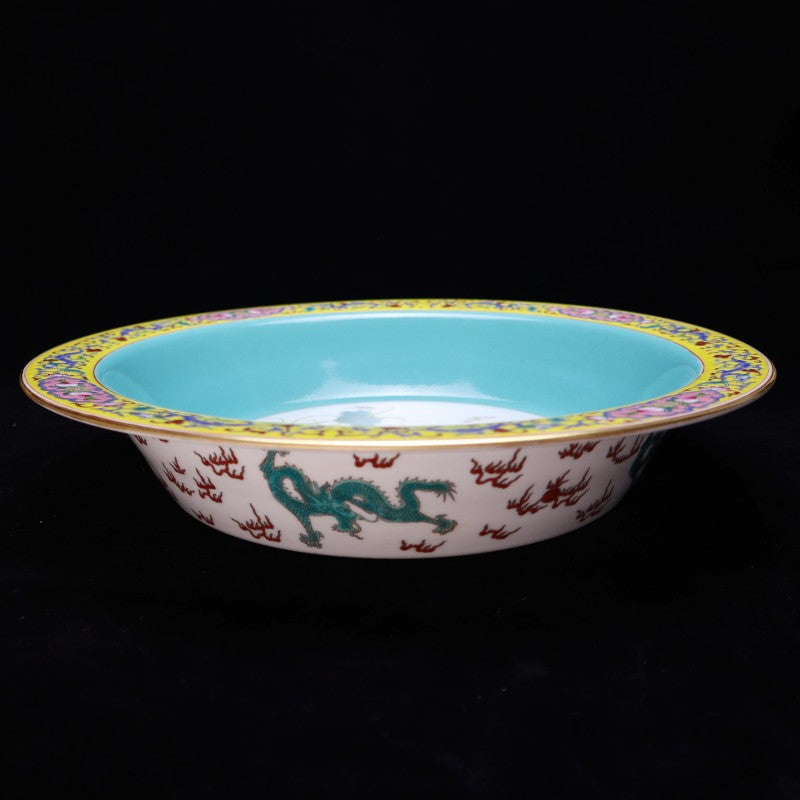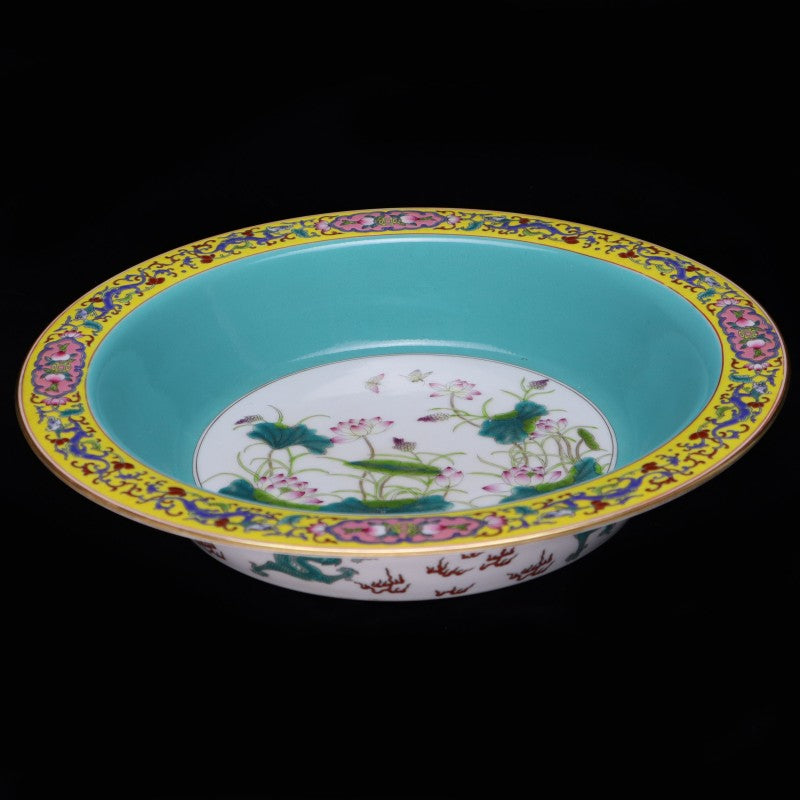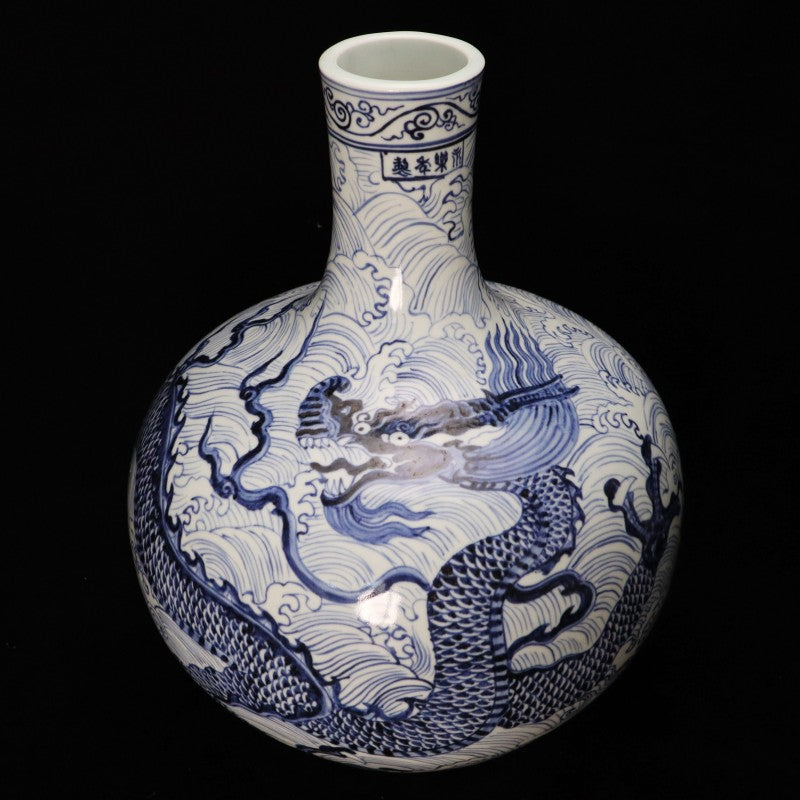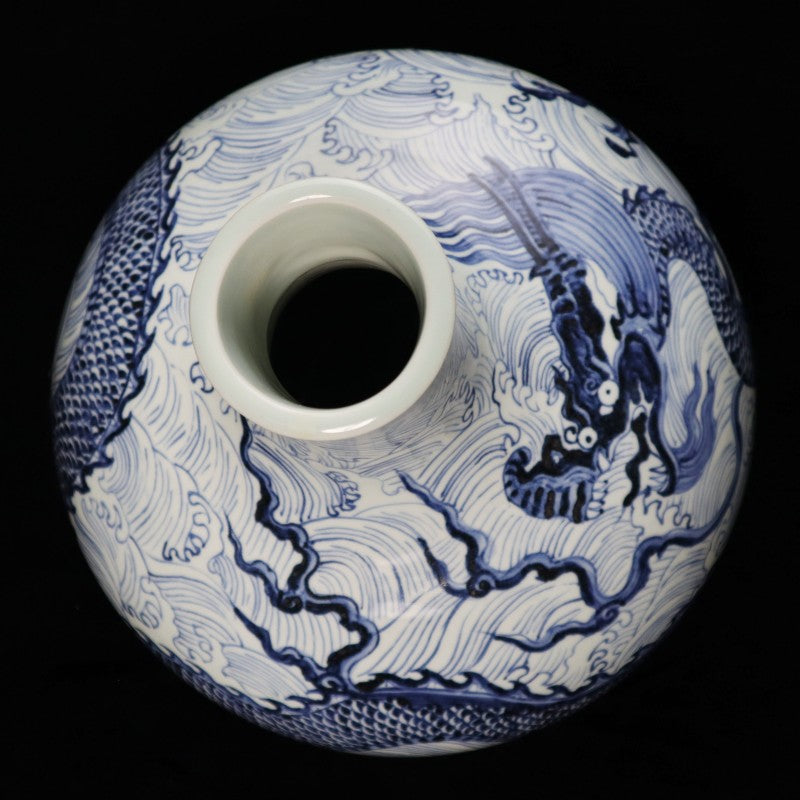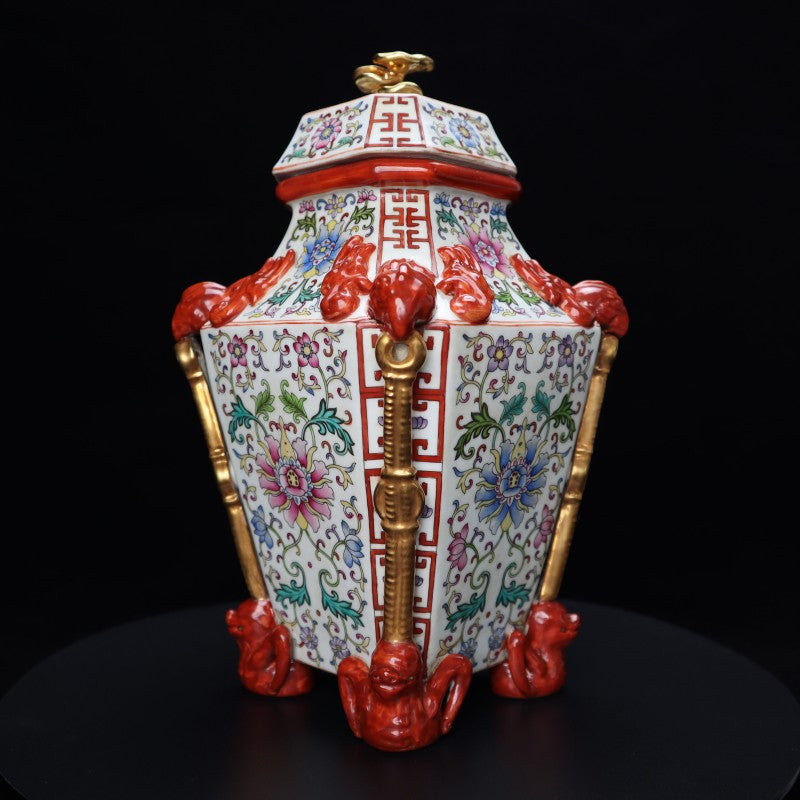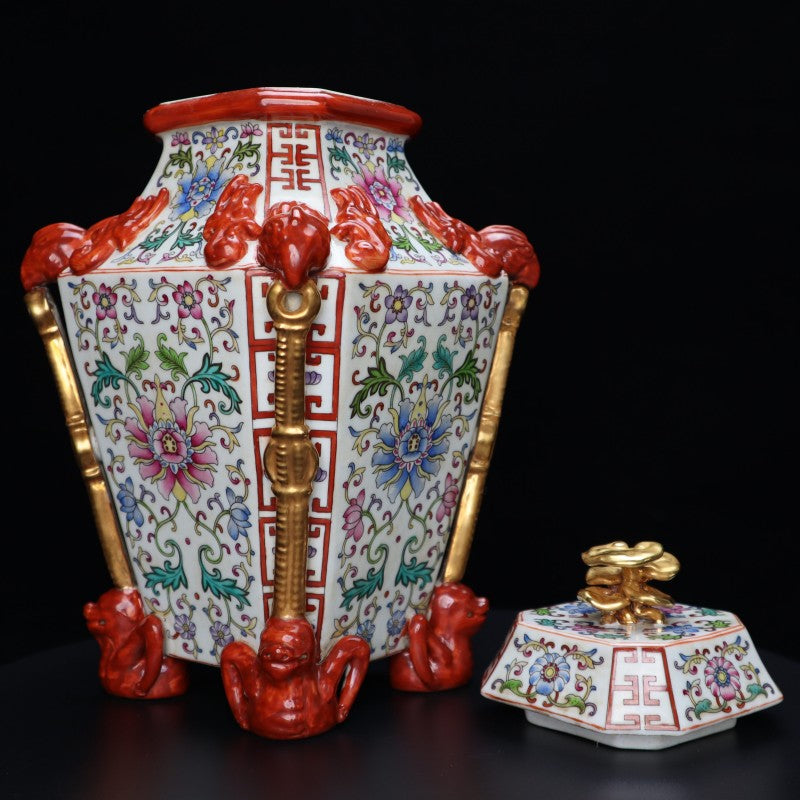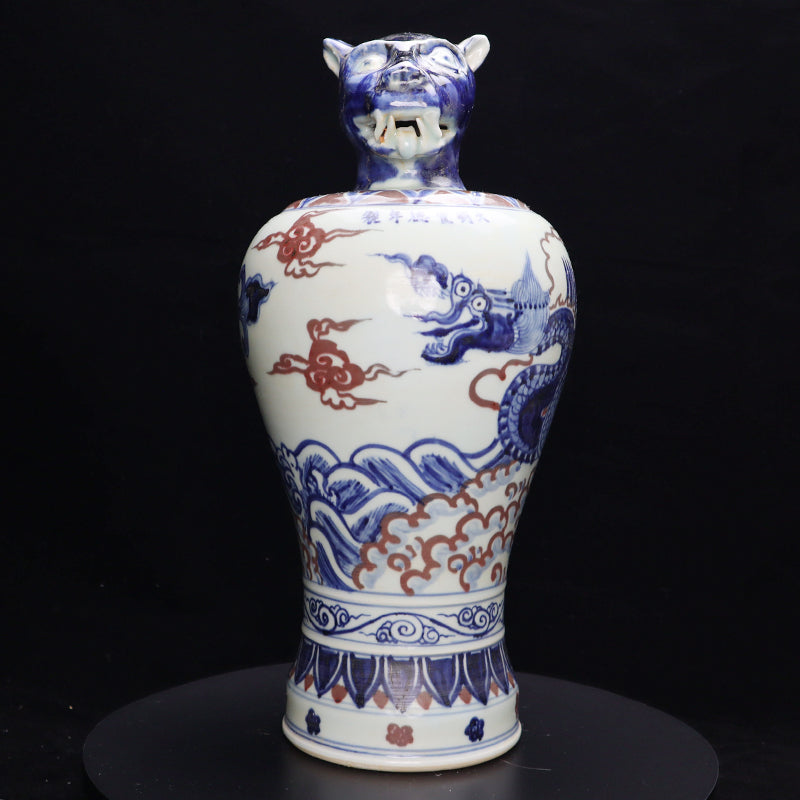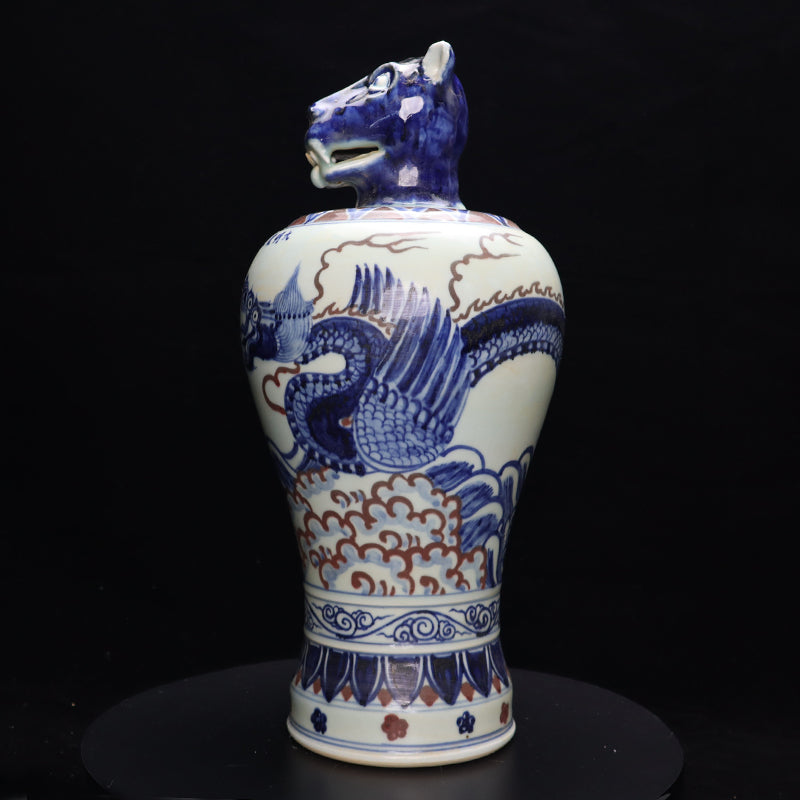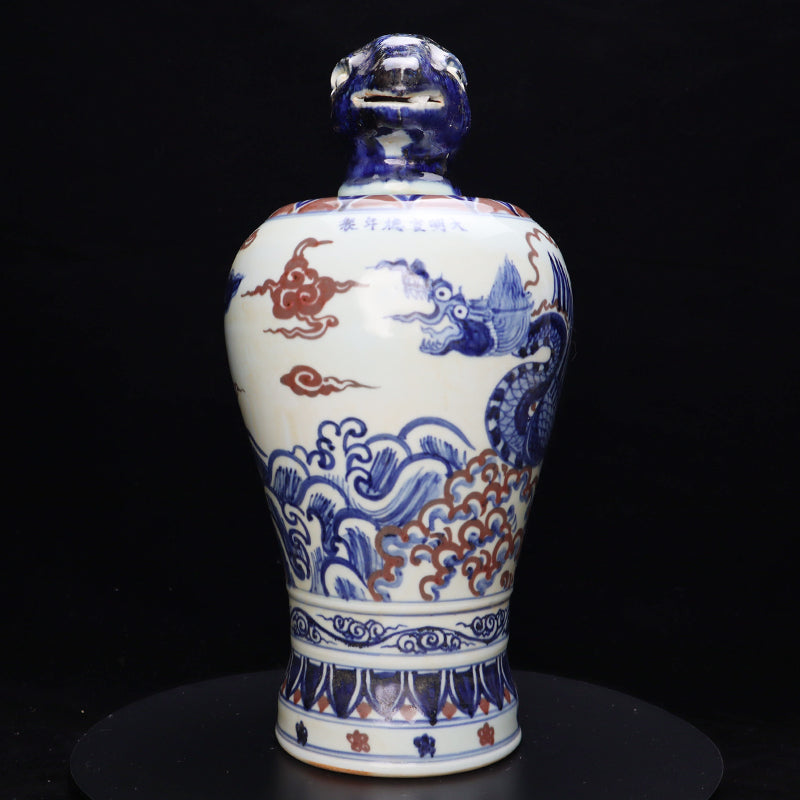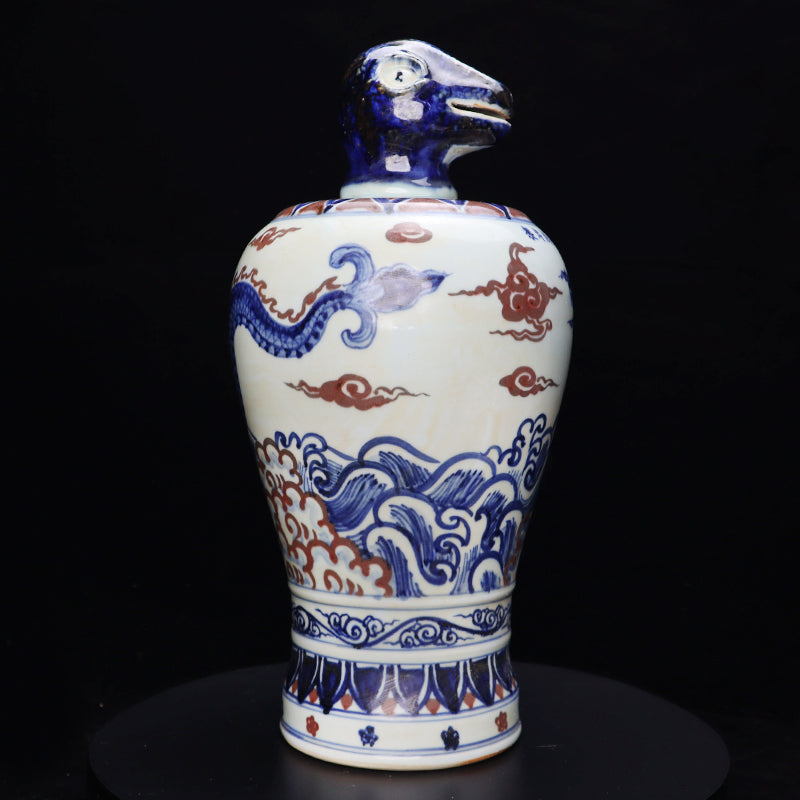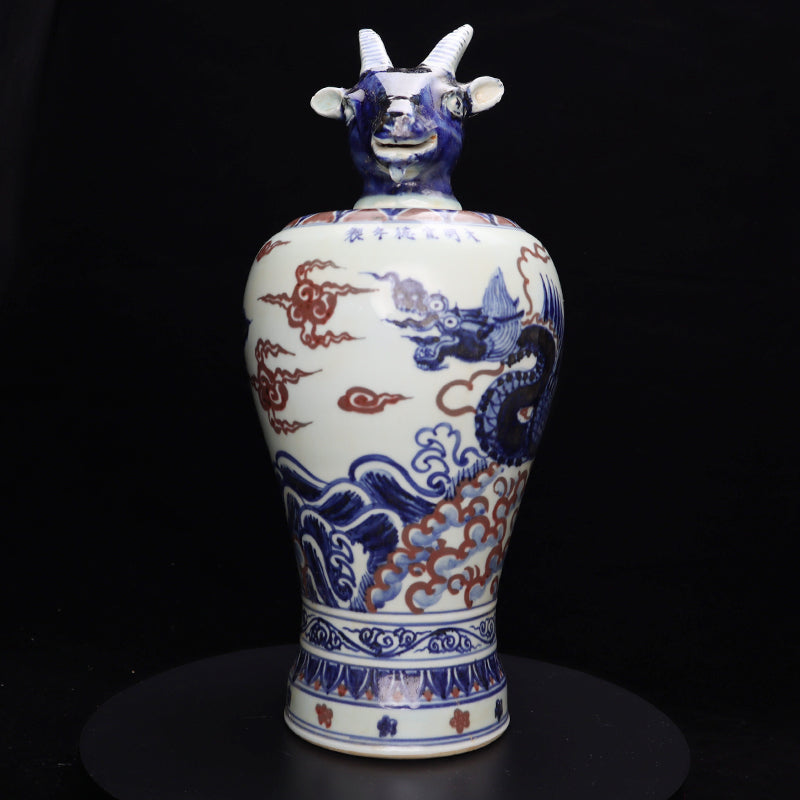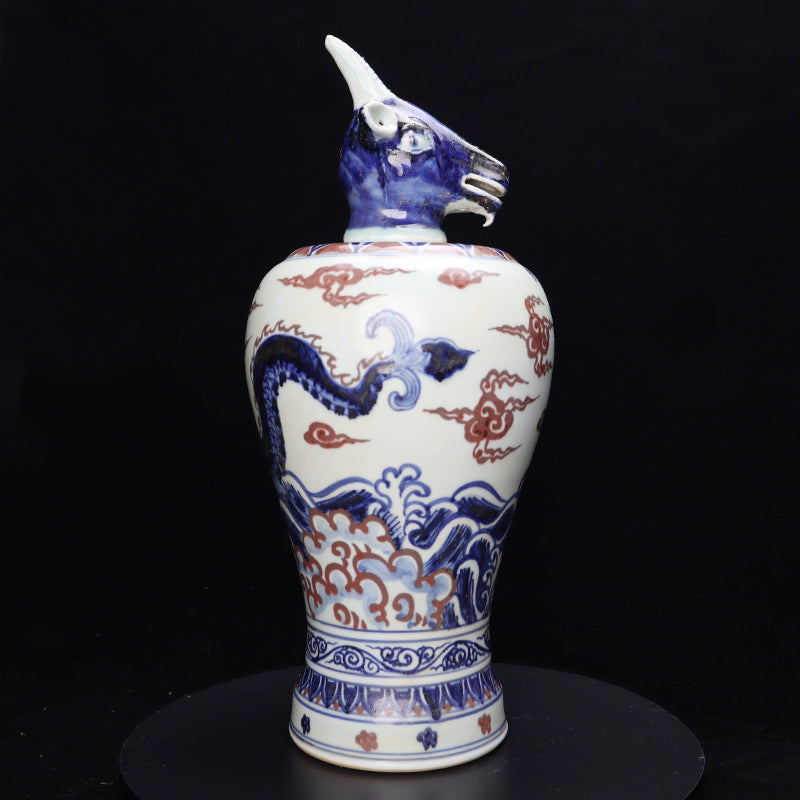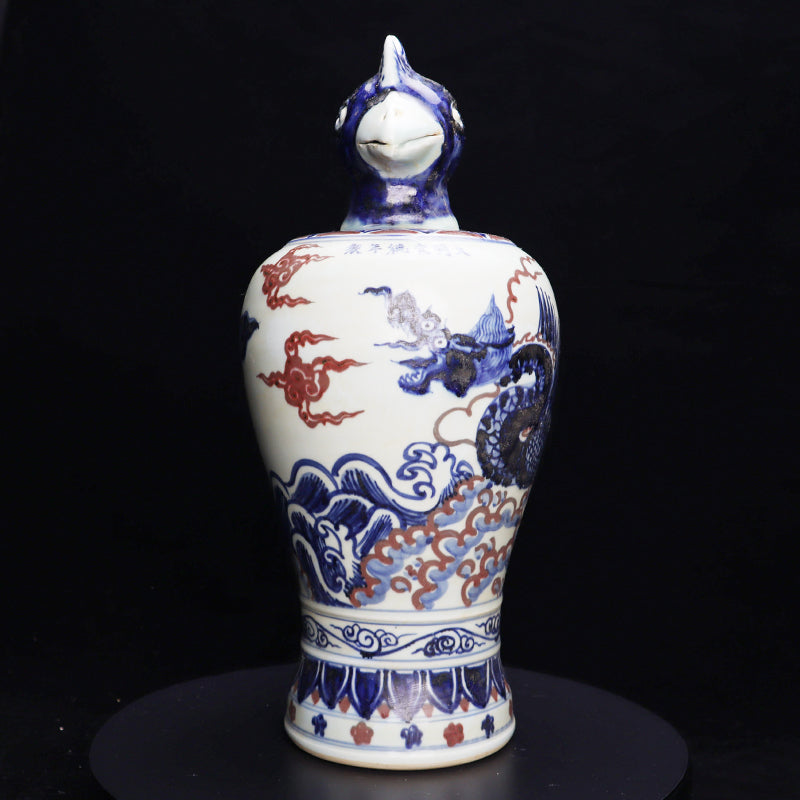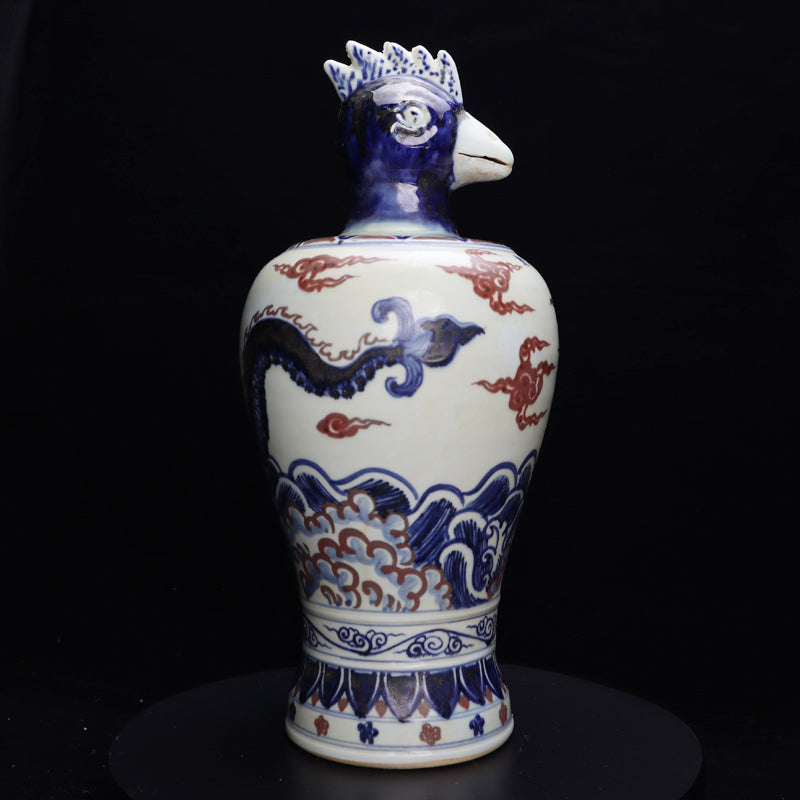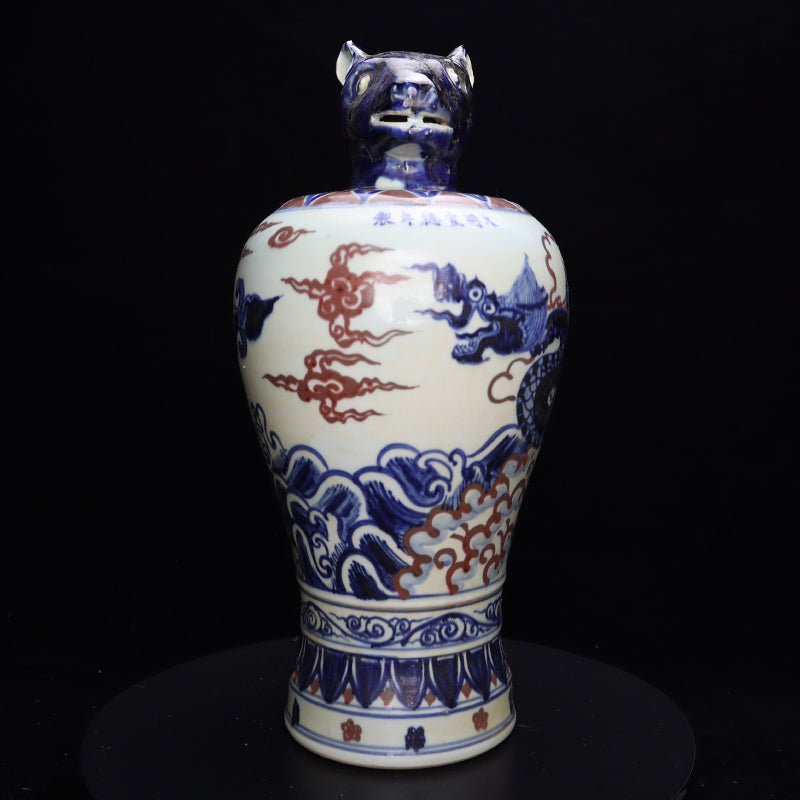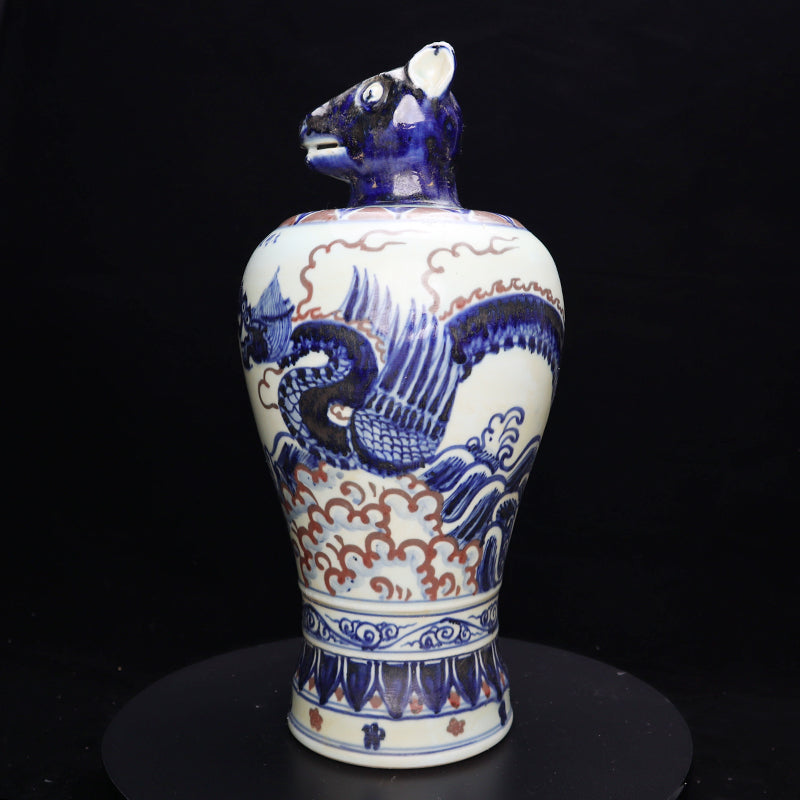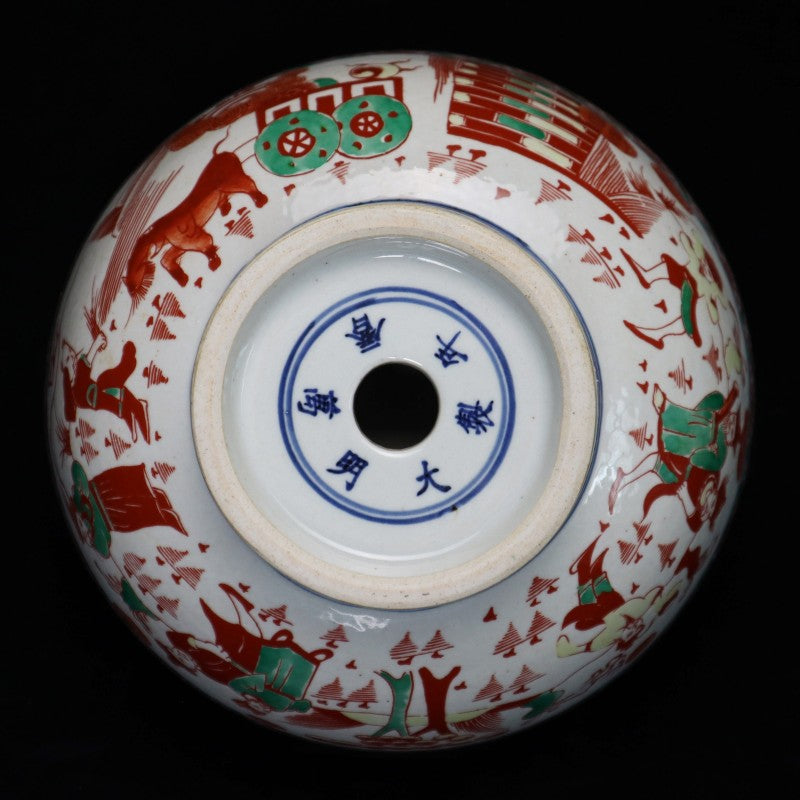
A Collector’s Guide to Ming Dynasty Porcelain: History, Techniques & Key Identifiers

The Ming dynasty (1368–1644 AD) represents a golden era in the history of Chinese porcelain. During this period, porcelain production reached new heights in both technical refinement and artistic expression. Blue and white porcelain, in particular, flourished, and many masterpieces were exported to Europe, where they remain highly sought after by collectors today.
The center of porcelain production was Jingdezhen, a renowned kiln city that began mass-producing blue and white wares with cobalt pigments imported from Persia. The improved firing techniques and creative designs of this period contributed to a broad variety of forms, including vases, plates, jars, ewers, incense burners, and tankards.
To fully appreciate Ming dynasty porcelain, it helps to understand its historical background. While blue and white porcelain first emerged in the Tang dynasty and evolved through the Song and Yuan dynasties, it was during the early Ming that these styles became widespread. Initially, many designs reflected Mongol influences from the Yuan dynasty, but over time, Han Chinese aesthetics began to dominate, leading to distinct Ming motifs and patterns.
Key Characteristics of Ming Porcelain:
-
Imperial Marks & Glazing:
Early Ming pieces were often unglazed at the base. Glazed footrims and imperial reign marks began to appear during the mid-Ming period, especially on items intended for the imperial court. -
Kiln Firing Faults:
A significant portion of Ming porcelain shows kiln-related imperfections. The wood-fired kilns used at the time were difficult to control, often resulting in uneven heating. This led to:-
Warped shapes or discolored glazes
-
Broken shards fusing with other items
-
Pale or overly dark finishes, depending on their placement in the kiln
These firing flaws are now key indicators of authenticity. In fact, over 70% of Ming porcelain shows some form of kiln fault, whereas nearly flawless examples were reserved for the imperial household.
-
-
Glaze Contractions (Glaze Skips):
Small areas where the glaze failed to adhere—often caused by impurities or oily residues—are another common trait found in Ming wares.
How to Learn More and Authenticate Pieces:
If you're considering purchasing a Ming dynasty vase, plate, or other ceramic piece, it’s essential to examine it carefully. Look for signs of kiln faults, glaze variations, and stylistic traits consistent with the period.
To deepen your understanding:
-
Study museum collections and exhibition catalogs
-
Read scholarly books and antique journals
-
Follow major auction house publications to track verified examples
Each reign during the Ming dynasty introduced its own innovations in shape, color, and decoration. By learning to recognize these features, collectors can better assess authenticity and historical value.
We offer a curated selection of genuine Chinese antiques, including Ming dynasty vases, plates, and other porcelain treasures.


